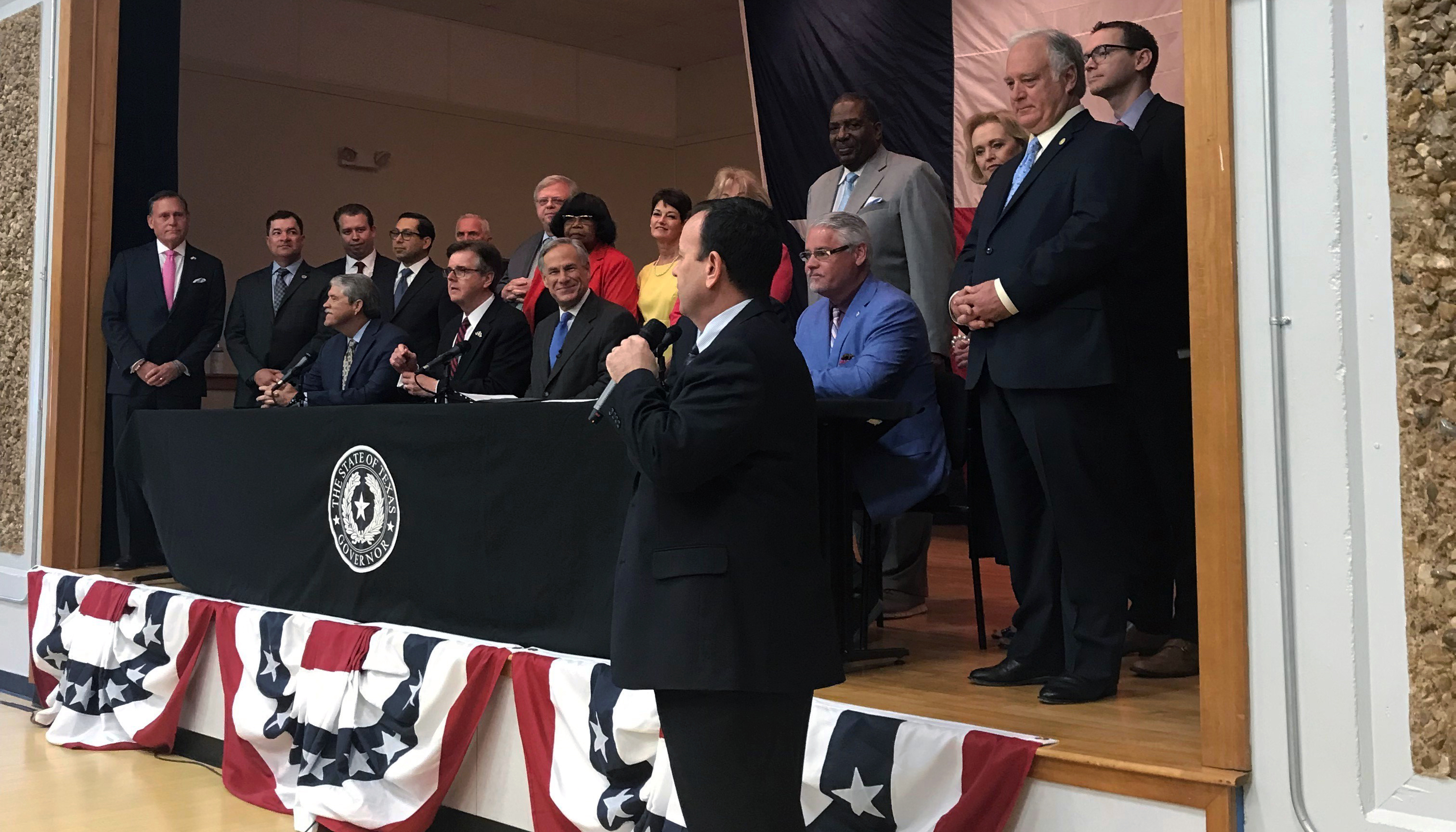[rescue_box color=”blue” text_align=”left” width=”100%” float=”none”]Article by Jim Gerl, Special Education Blog @ http://specialeducationlawblog.blogspot.com/2017/03/who-won-endrew-f-fape-iep-scotus.html [/rescue_box]
I got an email from a reporter last week asking a fascinating question: did parents or school districts win in the Endrew F decision by the US Supreme Court? You can read the entire high court decision here. Also our previous posts concerning the case are available here and here.
The reporter noted that it seems that parent groups are hailing the decision as a victory for them while at the same time school district groups are saying that they are already providing educational benefit at the level required by this decision. You can see the apparent discrepancy in this story by PBS on whether the decision is a game-changer for special ed.
So who won…well the answer is not very clear. I’m going to give you my analysis, but I’d love to hear your opinion as well. Who won and why?
For the parties to the actual case, the matter was remanded to the Tenth Circuit. This means that there will be further court proceedings before we know who prevailed in this case.
For purposes of special education law, however, the answer is a little foggy. School districts clearly won to the extent that the Supremes did not overturn Rowley. In fact the decision does not even mention the battle between some benefit vs. meaningful benefit that the earlier pleadings and argument seemed to involve. So Rowley is still good law.
On the other hand, parents clearly won to the extent that the high court required more benefit than the more than trivial or de minimis standard used by the Tenth Circuit Court of Appeals. To provide FAPE, a school district has to do better than that. The unanimous Supreme Court held that the standard is “markedly more demanding” than the standard used below.
However, school districts clearly won to the extent that the court rejected the potential maximizing standard that was previously rejected by Rowley. The Court refused to require an IEP that lead to self-sufficiency, academic success, and the ability to contribute to society. The Court rejected the argument that opportunity equal to that received by non-disabled students is necessary. In this regard, the Court mentioned that the Congress had amended IDEA a number of times since 1982 and yet never overruled Rowley so that it was good law still. Potential maximization arguments that had been rejected in Rowley continue to be rejected. So an IEP must be reasonable not ideal.
Nonetheless, parents clearly won to the extent that the court made FAPE turn on the individual circumstances of the child. The Court stated, “The goals may differ, but every child should have the chance to meet challenging objectives…” Rather than develop a bright line rule, the Court adopted an individualized fact specific approach.
OK so everybody won. Or at least you can see why they all believe that they won.
The real answer to the question will turn on how hearing officers and courts apply the new standard to actual fact patterns. The new standard requires that an IEP must be reasonable given the unique circumstances of the child with a disability. In other words, the IEP must be reasonably calculated to enable a child to make progress in light of his own individual circumstances. Students fully integrated in general education classrooms will be expected to make passing grades and advance from grade to grade. Other special education students may not need to make grade level success to receive FAPE as the standard for them is somewhat lower.
Hearing officers and courts will follow the Supreme Court’s instruction and apply the revised standard on a case by case basis. They will engage in a fact-specific analysis involving the unique circumstances of the child with a disability. To some extent, what is “reasonable” is in the eye of the beholder.
So how will hearing officers and courts apply the newly clarified FAPE standard? Stay tuned.



